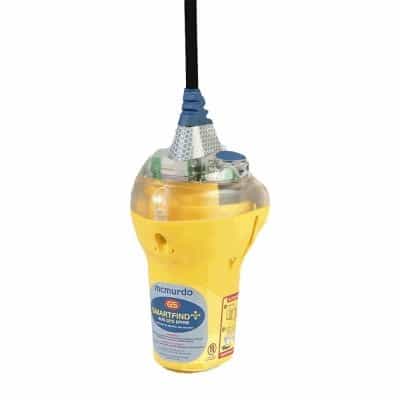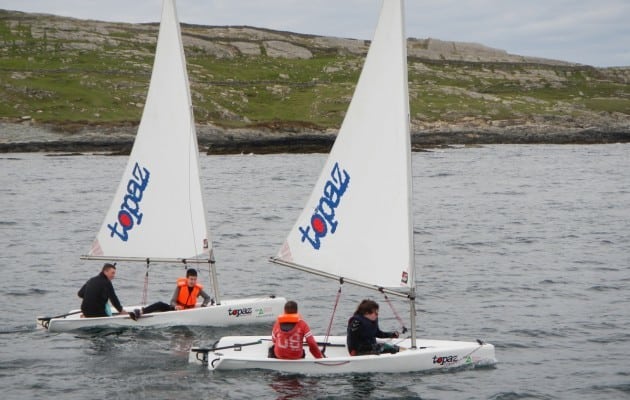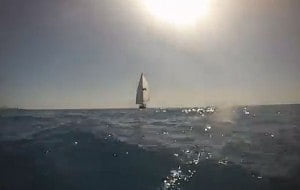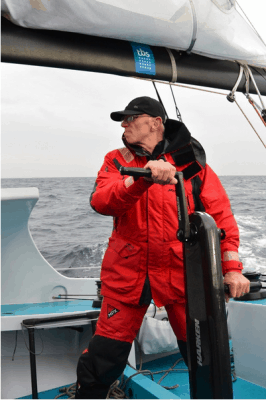A PLB or EPIRB can be a lifesaver
A PLB or EPIRB can be a lifesaver if you go overboard. Solo sailor Pip Hare selects her pick of gear to help take the search out of search and rescue
EPIRBs
When activated, an Emergency Position Indicating Radio Beacon (EPIRB) transmits its details on 406MHZ and, if GPS-enabled, the vessel’s position to within 100m. This signal is relayed by satellite to a base station, then the MRCC. Simultaneously, the EPIRB transmits a continuous signal on 121.5MHz, which allows search and rescue services to home in on its location using radio direction finders.
EPIRBs can either be automatic or manual and are provided with standard or hydrostatic release brackets. They should have a 48-hour operational battery life with a five-year battery replacement.
It is vital to register your EPIRB; change the boat and you must change the registration. It’s free and can be done at the MCA website www.dft.gov.uk/mca. Mount the unit to be accessible from the cockpit you may not have the opportunity to go back below to get it. It can take up to two hours to locate the position of a non-GPS-enabled EPIRB, then accuracy is within three miles. Activated EPIRBs must point at the sky if in a liferaft, float the EPIRB alongside secured with a lanyard.
McMurdo Smartfind
PIP’S PICK
McMurdo Smartfind
I have used a McMurdo Smartfind on my boats since 2009. It shows very little signs of wear and tear despite being knocked, dropped and soaked. McMurdo provide product support for their emergency equipment throughout its lifetime, so there is no worry about older products becoming obsolete.
Price: RRP £382.80. www.mcmurdomarine.com/epirb
Personal locator beacons (PLBs)
PLBs are miniature EPIRBs for personal use. They transmit on both 406MHz and 121.4MHz, but owing to their …read more







